Roofing Battens
Wood Campus Timber Trade Topics are produced in collaboration with Timber Development UK.
TOPIC CHECKLIST
- Do my battens comply with BS 5534?
- Is each batten marked as compliant?
- Are they at least 38mm x 25mm?
- Are you using the correct nails?
- Is the roof likely to face extreme weather?
What is the British Standard for battens?
BS 5534:2003 states the requirements for roofing battens, and includes information about the species, grades, treatment and required markings.
Most organisations, for example NHBC (National House Builders Council) LABC (Local Authority Building Control) and NFRC Co-partnership require fully-compliant battens.
NHBC now require that timber used for battens should be indelibly marked to demonstrate compliance with BS 5534.
How can I be sure the battens meet BS 5534?
Manufacturers often add a coloured dye to their preservative treatment process, but this is not enough to show the battens meet BS 5534. Every batten must be indelibly marked showing:
- It has been graded to BS 5534
- Its size
- The suppliers’ name
- The timber species
- A third-party certification scheme
Roof battens are not just to provide footholds for roofers, but are an important part of the roof structure itself.
They take the loads imposed by slates or tiles as well as loads from snow and wind.
Quality battens are increasingly seen as an important part of forming a secure roof.
Although not a legal requirement, BS 5534 sets out the standard for battens. The best way to ensure battens are fit for purpose is to choose those marked as BS 5534-compliant.
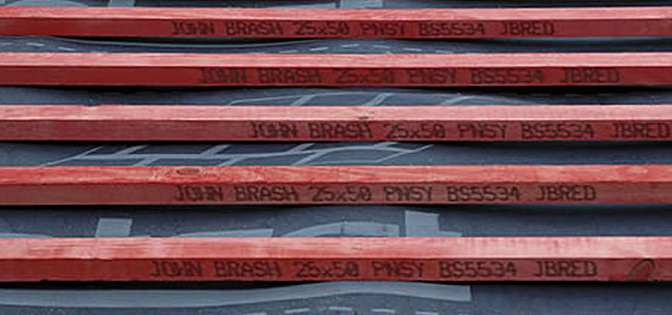
Tips on fixing battens
British standards BS 5534 and BS 8000-6:1990 give the information you need for fixing and installation:
- Ensure battens are fixed to rafters at centres not more than 600m apart
- Ensure battens span at least three trusses and are therefore more than 1.2m long
- Batten moisture content (after treatment) should not exceed 22%
- Use round shank nails, 10 gauge and usually 65mm long
- Use zinc coated nails where extreme weather (e.g. coastal conditions) might be experienced
- Use galvanised nails when fixing treated timber battens to avoid corrosion
- Take some time in the setting out process, as this will help reduce the number of cuts to tiles and slates
- Ensure both the horizontal and perpendicular courses of the battens are true
- Nail through the middle of the batten into the middle of each rafter
- Cut joints square and butt joint at the centre of each rafter, providing maximum support and fixing
- Angle nails inwards to the rafter centre for greater holding
- Replace any battens that have split due to nailing
Always walk on the rafter line when installing the slates and tiles. Avoid walking on the battens between trusses and rafters.
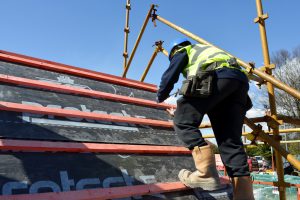
For trusses where the batten gauge is greater than 200mm
- DON’T have more than one joint on any four consecutive battens on the same support.
- DON’T have more than three joints in any 12 consecutive battens on the same support.
Sizes
Ensure battens are a minimum size of 38mm x 25mm.
For longer spans than those given here, or for other loading conditions, battens should be designed in accordance with Annex E of BS 5534.
The tolerances for battens are:
- +/- 3mm on width
- -0/+3mm on thickness
- Use 50mm x 25mm when using slates
| APPLICATION | MINIMUM BATTEN SIZE | |
|---|---|---|
| Up to 450mm span | Up to 600mm span | |
| SLATES (DOUBLE-LAP) | ||
| Natural: sized or random | 50 x 25 | 50 x 25 |
| Fibre-cement or concrete | 38 x 25 | 50 x 25 |
| CLAY AND CONCRETE TILES | ||
| Double-lap | 38 x 25 | 38 x 25 |
| Single-lap | 38 x 25 | 50 x 25 |
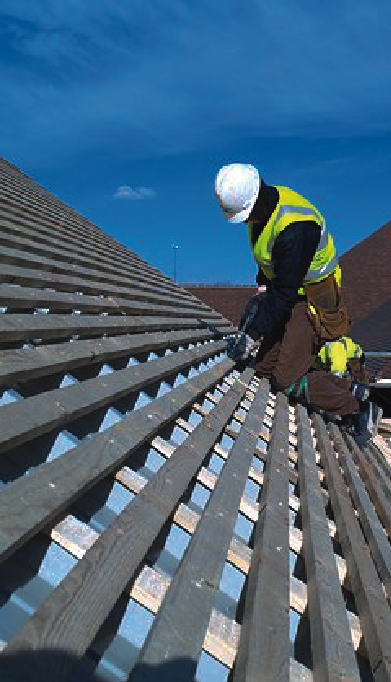
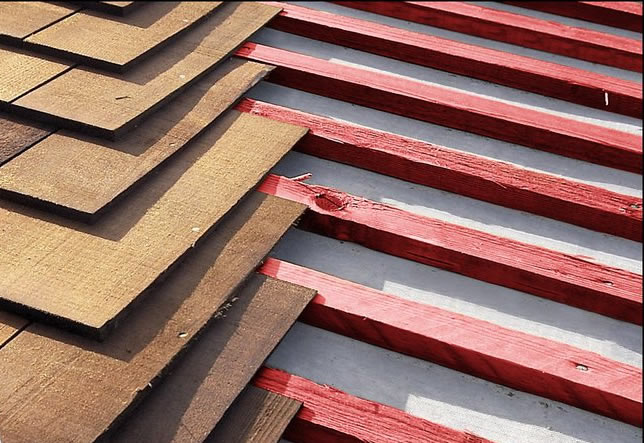
How durable are battens?
Most battens are supplied with an industrially applied treatment process designed to provide a 60-year design life under Use Class 2. The relevant Standard is BS 8417:2011 Preservation of Wood.
Cut ends should be treated with brush-applied preservative, especially those in contact with mortar.
Why use BS 5534-compliant battens?
Graded battens are usually graded, with the exception of a final grading for knots and wane.
Standard/Ungraded battens may be smaller than those allowed in BS 5534 or have other strength-reducing characteristics.
BS 5534 factory-graded battens may be more expensive than ungraded or partially graded battens, but they are the best choice because:
- They avoid time spent on site grading, which is not best practice
- And time spent marking each batten, which is sometimes a contractual requirement
- They result in less wastage, which can be as high as 40%
- And reduced liability if there is a problem with the overall roof
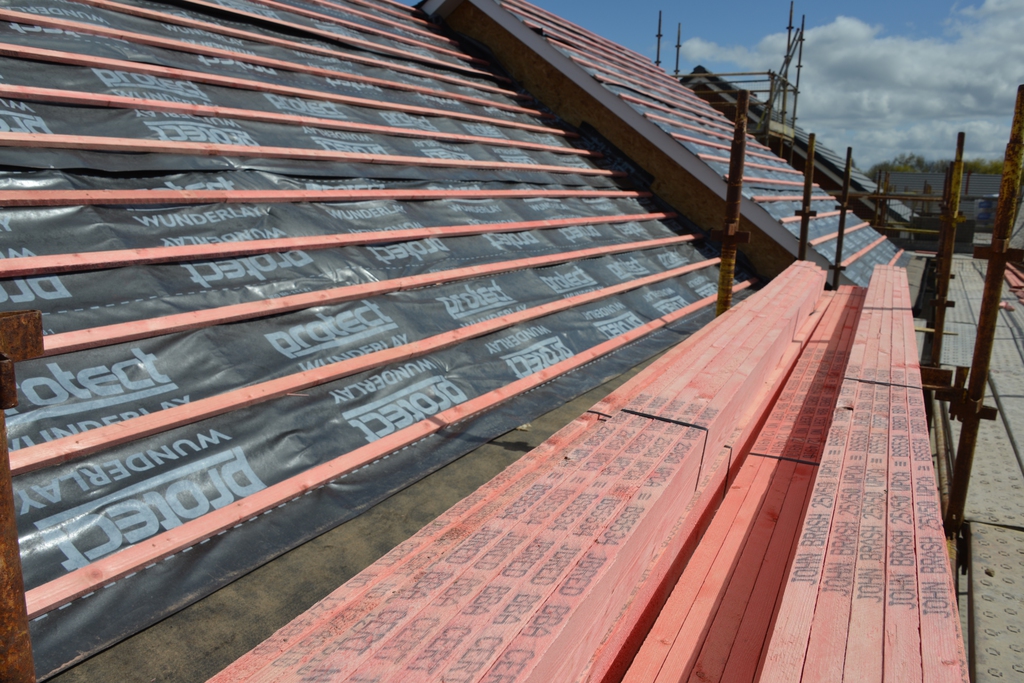
Further information and advice
Building Research Establishment (BRE).
BS 5534:2003+A1:2010. Code of practice for slating and tiling (including shingles), BSI.
BS 8000-6:1990 Workmanship on building sites. Code of practice for slating and tiling of roofs and claddings, BSI.
BS 8417:2011 Preservation of Wood. Code of Practice, BSI.
Sustainable timber
Timber is the most sustainable mainstream building product. It is naturally renewable. Over 90% of timber used in UK construction comes from Europe, where more trees are grown than harvested (source: TTF Statistical Review 2016).
Softwood and temperate hardwood forests in Scandinavia, Europe, Canada and North America are stable or growing. Growing forests act as carbon sinks; wood products act as carbon stores.
Ask for PEFC or FSC Chain of Custody certification.
See Wood Campus RIBA CPD module Procuring Sustainable Timber for more on timber certification and sustainability and government requirements.



